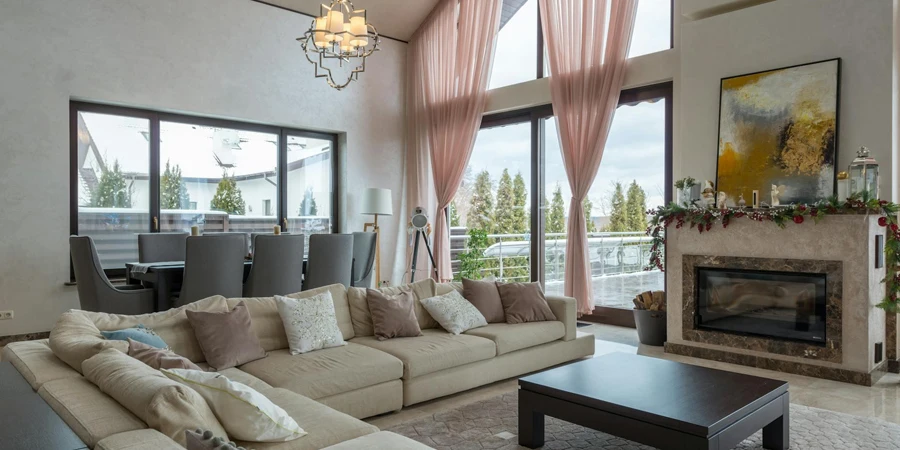Table of Contents
● Introduction
● Market overview
● Things to consider when selecting home textiles
● Some types of home textiles and their features
● Conclusion
Introduction
Home textiles serve as the cornerstone of interior decor, seamlessly blending aesthetics with functionality to elevate the living experience. From luxurious drapes that frame windows to plush towels that transform bathrooms into spas, these textiles are pivotal in creating environments that are both visually appealing and inherently comfortable. The choice of fabric, texture, and color not only reflects personal style but also impacts the overall mood and comfort of a space. As the market evolves, the emphasis on sustainability and eco-friendly materials further enriches the value of home textiles, marrying style with conscientious living. Understanding the importance of selecting suitable textiles is essential for business professionals and online retailers aiming to meet the dynamic needs of contemporary consumers.
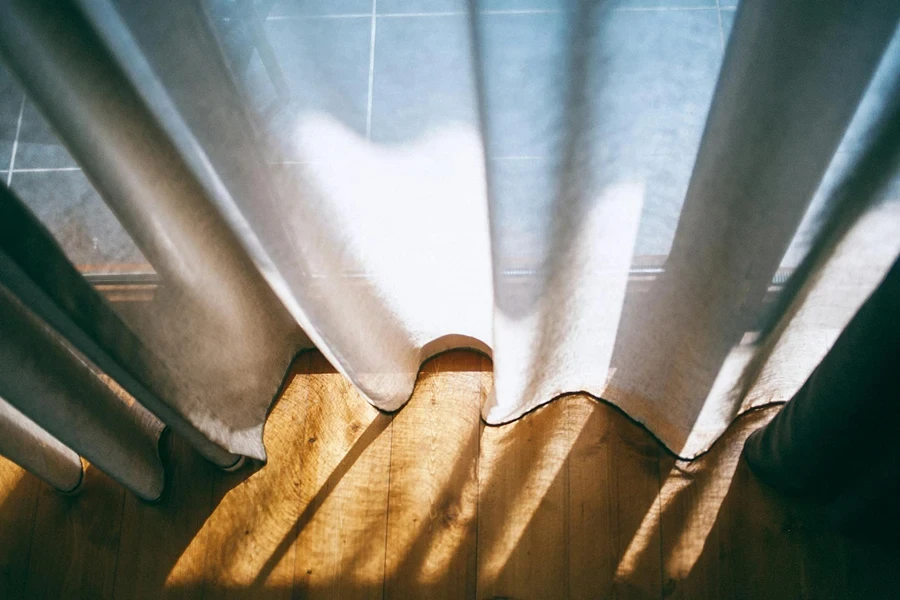
Market overview
The home textile market, encompassing a vast array of products from bedroom and bathroom linens to curtains and drapes, is undergoing significant growth. Valued at USD 124.9 billion in 2022, it’s projected to reach approximately USD 225.37 billion by 2032, growing at a compound annual growth rate (CAGR) of 6.08%, according to Precedence Research. This expansion is primarily driven by changing consumer lifestyles and a global inclination towards luxury and comfort in home decor, positioning home textiles not just as necessities but as key elements of personal and home expression.
In tandem with this growth, the market is witnessing a discernible shift towards eco-friendly and luxury home décor preferences. According to Grand View Research, consumers are increasingly seeking products that not only complement their home’s aesthetics but are also environmentally sustainable, thereby fueling demand for high-quality, stain-resistant, and flame-retardant textiles. Notably, the bedroom linen segment alone accounted for over 45% of the global market revenue in 2023, highlighting the significant role of textiles in home comfort and decoration.
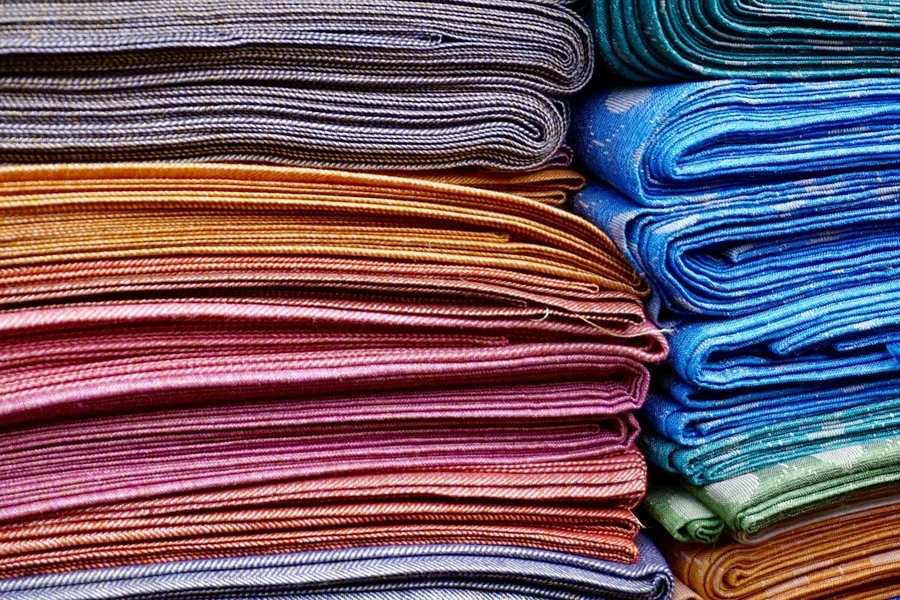
Things to consider when selecting home textiles
Material quality
Selecting the appropriate fabric for home textiles hinges on balancing durability with comfort, directly influenced by the material’s innate properties. Cotton excels in breathability and moisture absorption, enhancing sleep comfort, particularly for bedding and decorative pillows. Silk, known for its luxurious softness and robustness, elevates the aesthetic of high-end draperies and plush cushions. Polyester, a synthetic fiber, stands out for its durability, fade and wrinkle resistance, and ease of maintenance, making it ideal for high-traffic home areas and outdoor furniture textiles. Blended fabrics, like a cotton-polyester mix, combine natural fiber comfort with synthetic resilience, offering a versatile choice for everyday use. These blends achieve a balance between the tactile pleasure of natural fibers and the practical benefits of synthetics, ensuring home textiles can withstand regular use while maintaining their aesthetic and functional quality.
Safety and standards
The safety and standards of home textiles play a crucial role in ensuring the well-being of household members. When purchasing home textiles, considering products that adhere to global standards like ISO 105-B02 for color fastness to light and ASTM D5034 for fabric strength is essential. These benchmarks ensure longevity and durability. ISO 9237’s focus on air permeability and ASTM D3512’s pilling resistance test guarantee both functionality and aesthetic appeal. Safety standards such as ASTM D1230 for flammability and ISO 14184-1 for formaldehyde content are critical for ensuring textiles pose no health risks. Selecting textiles that meet these standards assures consumers of their quality, safety, and durability, making them wise investments for any home.
Aesthetic appeal
Home textiles are instrumental in defining the visual and tactile qualities of interior spaces, with their influence extending far beyond mere decoration. For instance, lush velvet drapes can transform a simple room into a luxurious retreat, while airy linen curtains can evoke a sense of breezy, casual elegance. In the bedroom, the smooth, cool touch of silk sheets adds a layer of sophistication, whereas organic cotton bedding, with its soft, breathable qualities, promotes comfort and sustainability. The living area can be revitalized with vibrant wool throws and textured jute rugs, introducing warmth and depth. Additionally, decorative pillows in bold geometric prints or delicate floral patterns can serve as focal points, infusing personality and color. Kitchen linens, such as chambray aprons and tea towels, blend functionality with style, offering a nod to rustic charm or modern minimalism. Each textile choice, from the plushness of a bath mat to the intricate weave of a wall tapestry, plays a pivotal role in crafting the desired ambiance, showcasing the significant aesthetic contribution of textiles to home design.
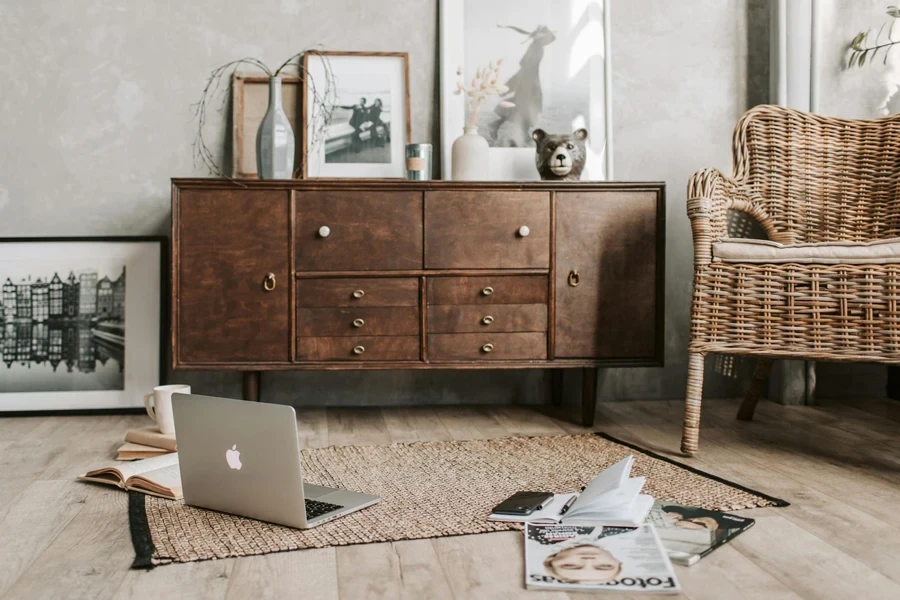
Functionality
The quest for functional home textiles centers on materials engineered for specific benefits, including thermal insulation, UV protection, and moisture management. Blackout curtains, for instance, are a prime example of textiles designed for energy efficiency, significantly blocking sunlight to maintain room temperature and reduce energy costs. Moisture-wicking technologies in bed linens draw moisture away from the body, ensuring a dry and comfortable sleep environment. Thermal drapes are another innovative solution, helping to insulate rooms against cold drafts in winter and keeping spaces cooler in summer. Outdoor fabrics treated for UV resistance protect against fading from sunlight, extending the lifespan of patio furnishings. Advanced textile technologies have also introduced stain-resistant upholstery fabrics, simplifying cleaning and maintenance. These examples underscore the importance of selecting home textiles not just for their aesthetic appeal but for their functional properties, enhancing the comfort, convenience, and efficiency of living environments.
Care and maintenance
The longevity and visual appeal of home textiles hinge on adherence to precise care and maintenance routines tailored to each fabric type. For instance, synthetic fibers like polyester and nylon, known for their resilience, can often endure regular machine washing and air drying, making them ideal for high-use areas. In contrast, natural fibers such as silk and wool require more delicate handling, often necessitating professional cleaning to preserve their texture and color integrity. Cotton blends, popular for their balance of comfort and ease of care, may allow for machine washing but might require low-heat drying to prevent shrinkage. Specialty fabrics, like outdoor textiles designed to resist weathering, benefit from specific cleaning agents that maintain their protective coatings. Implementing these material-specific care instructions not only upholds the textiles’ aesthetic and functional attributes but also bolsters environmental sustainability by mitigating the frequency of replacements.
Some types of home textiles and their features
Bed linens
When selecting bed linens, the choice of material plays a crucial role in comfort and sleep quality. Cotton, known for its breathability and softness, remains a popular choice for its ability to regulate temperature naturally, making it suitable for use in any season. Silk, with its luxurious feel and natural hypoallergenic properties, offers an opulent sleeping experience, especially beneficial for those with sensitive skin or allergies. Linen, characterized by its durability and superior moisture-wicking capabilities, provides unmatched comfort during warmer months. Innovations in textile technology have introduced bed linens with enhanced features such as temperature regulation, which actively cools or warms the sleeper according to body temperature, and hypoallergenic properties that prevent the accumulation of dust mites and other allergens.
Kitchen linens
In the kitchen, functionality meets style with modern kitchen linens. Aprons have evolved from simple protective garments to stylish accessories featuring functional designs with pockets and adjustable straps, catering to the needs of the modern cook. Mittens and dishcloths incorporate heat-resistant materials and antimicrobial fibers, respectively, ensuring safety and hygiene in kitchen operations. These items not only offer practical utility but also come in various designs and colors, adding a decorative touch to the kitchen environment.
Bathroom linens
The bathroom is another area where textiles play a significant role in both functionality and decor. Plush, absorbent towels and rugs are essential for a luxurious bathroom experience. Materials like Egyptian cotton and bamboo offer superior softness and absorbency while also being gentle on the skin. Rugs made from quick-drying and anti-slip materials enhance safety and convenience. The choice of colors and textures in bathroom linens allows for the personalization of the space, creating an oasis of comfort and style.
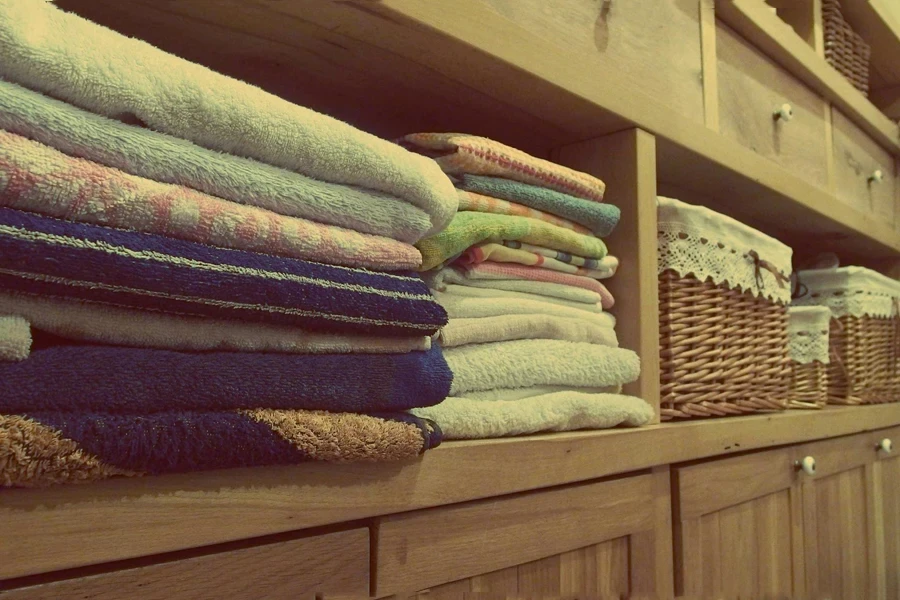
Decorative textiles
Decorative textiles such as throw pillows, curtains, and table linens are key elements in interior design, offering an easy and effective way to refresh and transform any room. These items come in a vast array of fabrics, from velvets to silks, enabling a play on textures and hues that can elevate the aesthetic of a home. Patterns and designs range from the subtle and sophisticated to the bold and vibrant, allowing for customization that reflects personal style and current trends.
Eco-friendly options
The growing demand for sustainability in home textiles has led to an increased availability of eco-friendly options. Products made from organic cotton, recycled polyester, and bamboo not only reduce environmental impact but also offer benefits such as biodegradability, reduced water usage, and minimal chemical exposure. These sustainable materials do not compromise on quality or comfort and are increasingly sought after by environmentally conscious consumers aiming to combine ethical choices with home aesthetics.
Conclusion
The selection of home textiles is a nuanced decision that extends beyond mere functionality to encompass material quality, safety standards, aesthetic appeal, and environmental impact. Understanding the intrinsic properties of various fabrics, from natural to synthetic and blended options, alongside their maintenance requirements, ensures that these textiles not only serve their intended purpose but also enhance the comfort and beauty of living spaces. The thoughtful selection of bed, kitchen, and bathroom linens, decorative textiles, and eco-friendly options allows individuals to express their unique identity and aesthetic preferences while making conscious choices that benefit the planet. By prioritizing these criteria in our selection process, we can create living spaces that are not only visually appealing and comfortable but also align with our ethical and environmental principles.
